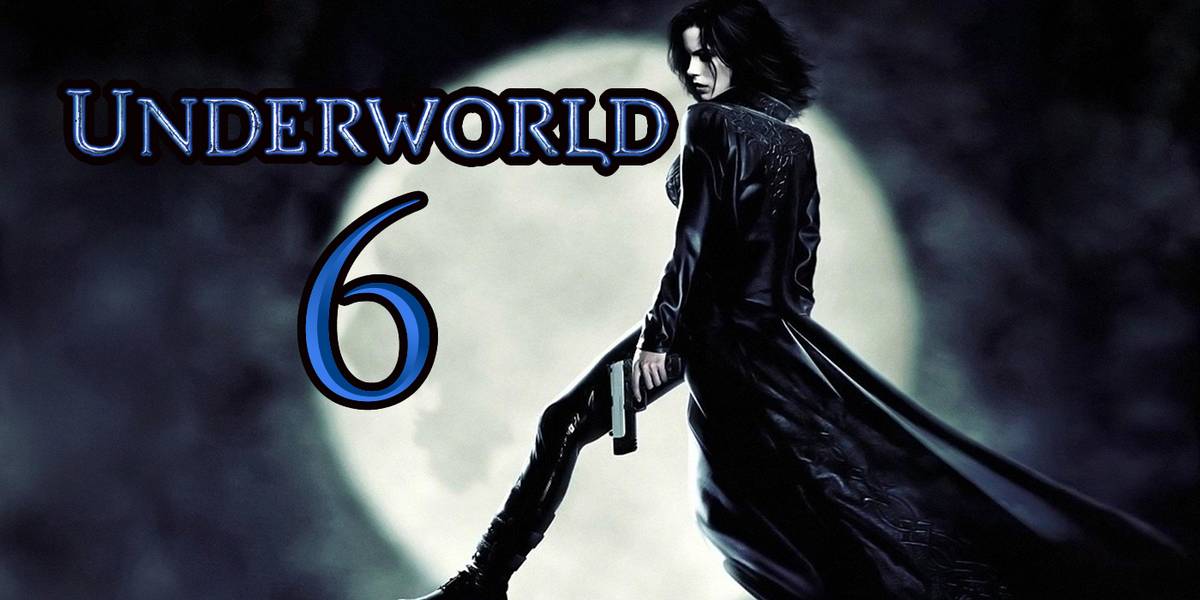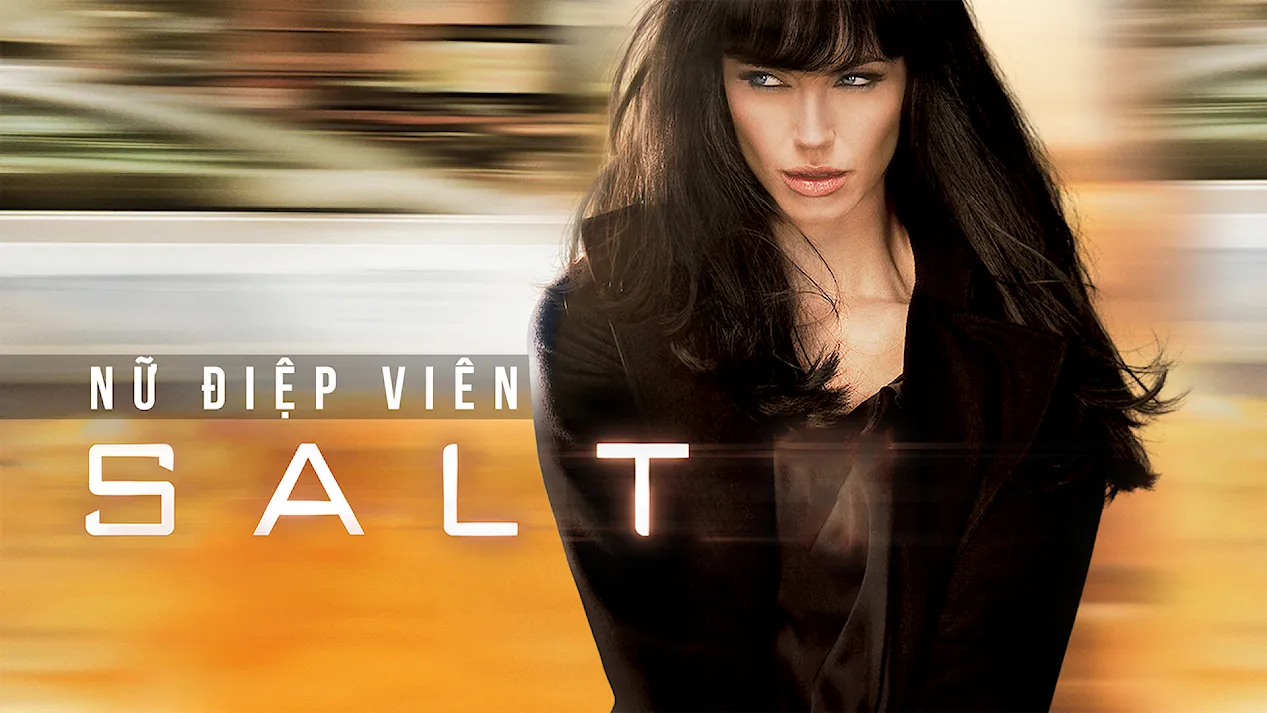![30 DAYS OF NIGHT [2007] – Official Trailer (HD) | Now on Disc and Digital](https://i.ytimg.com/vi/8ClVrVK_y0E/maxresdefault.jpg)
In the sub-zero silence of the Arctic Circle, terror doesn’t creep—it hunts. 30 Days of Night (2007) is a grim, brutal, and atmospheric horror film that reinvents vampire mythology with a savage edge. Directed by David Slade and based on the graphic novel by Steve Niles, the film takes place in the remote Alaskan town of Barrow, where the sun sets for an entire month each winter. For the town’s few remaining residents, this prolonged darkness becomes more than a seasonal hardship—it becomes a nightmare.
The plot is elegantly simple: a group of ancient, feral vampires descends on Barrow as it enters its thirty days of polar night, using the absence of sunlight to feed without restraint. The story follows local sheriff Eben Oleson, played by Josh Hartnett, and his estranged wife Stella (Melissa George), as they lead a small band of survivors trying to outlast the bloodthirsty siege.
Where typical vampire films romanticize the undead, 30 Days of Night strips away any glamour. These vampires are predators—visceral, brutal, and inhuman. They speak in their own guttural language, hunt like wolves, and show no remorse. The film’s aesthetic—dark blues, blacks, and slashes of red—intensifies the isolation and hopelessness, transforming Barrow into a desolate war zone.

One of the film’s greatest strengths is its commitment to tone. It doesn’t rely on humor or irony; it leans fully into dread and despair. The violence is graphic but not indulgent—it serves to show the characters’ desperation and the terrifying power of their attackers. The pacing builds steadily, with moments of intense quiet followed by horrifying eruptions of violence.
Josh Hartnett delivers a restrained but strong performance, portraying a man trying to hold together what’s left of his town, his marriage, and his sanity. The emotional weight of his choices, especially the final act’s sacrificial twist, elevates the film above a typical creature feature.



